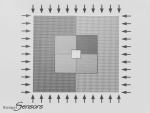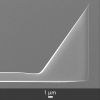

Happy Swiss National Holiday with Smallest Swiss CrossWed Jul 31 2019






Ferroelectricity-free lead halide perovskites – NANOSENSORS™Sun Jul 21 2019














